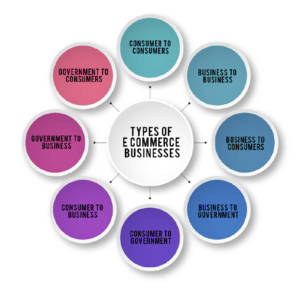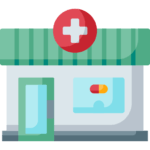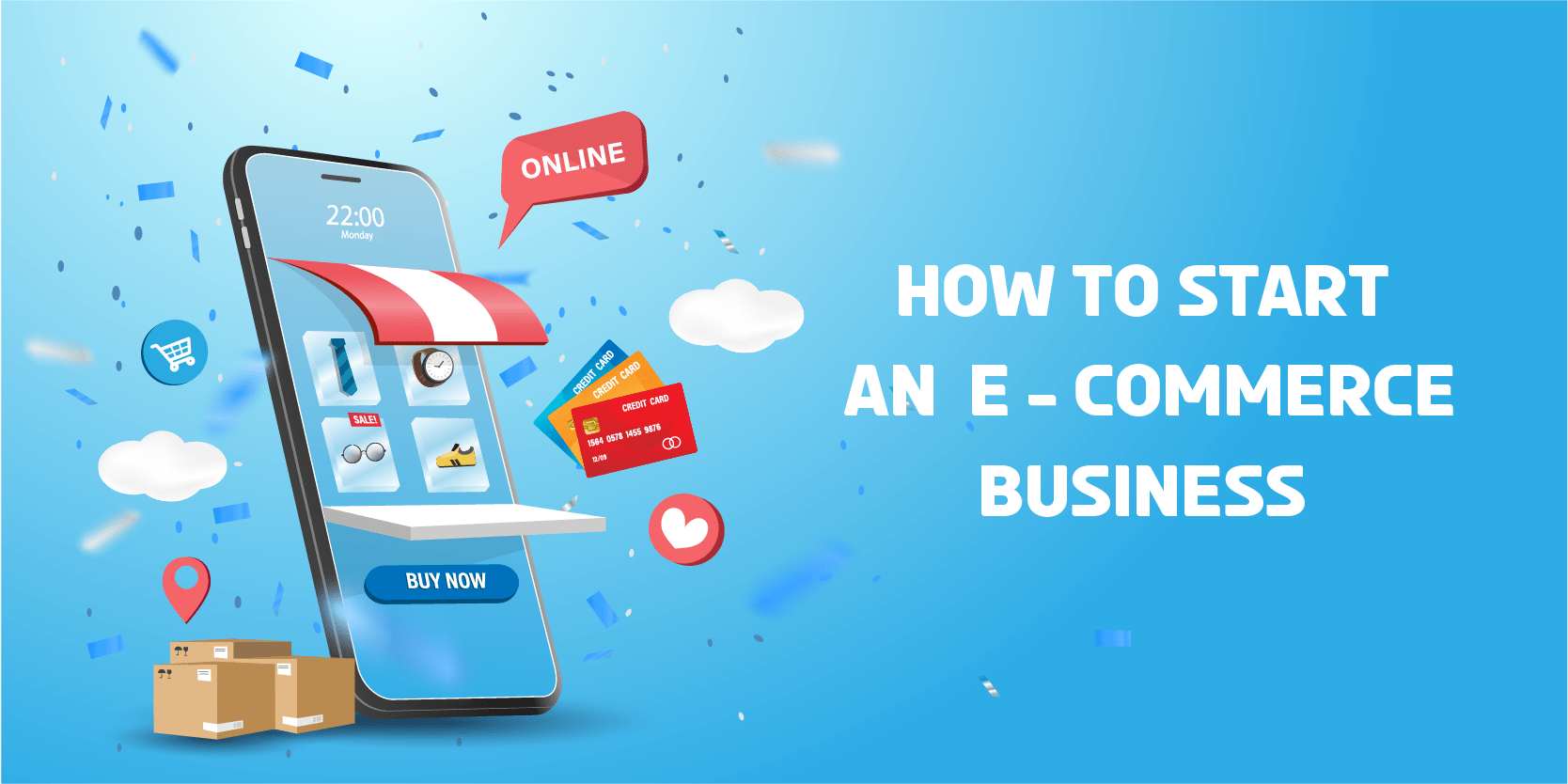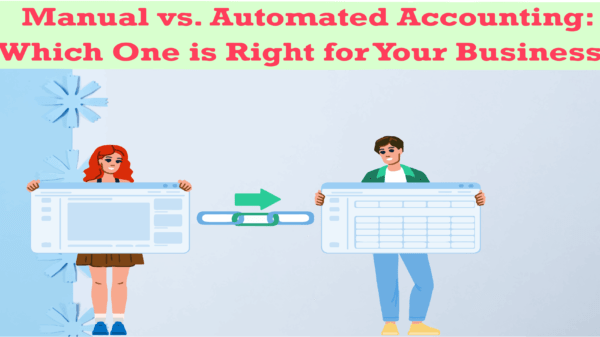At the end of the 20th century, the digital revolution begins but it has advent in the developed world in the 21st century. Now it’s easier than ever before to launch an e-commerce business in 2022. This is undoubtedly the right time to start an online shop, with several options for eCommerce platforms, business models, product niches, and marketing tools to help your new e-commerce business succeed.
If you are thinking about launching an eCommerce business but you’re facing problems about where and how you should start, you’re in the right place where I will tell you the A-Z process of starting & end any eCommerce business.
Definition of e-commerce
E-commerce is a process of buying and selling goods, money transactions and data exchange through the Internet. This process is carried out through email, fax, online catalog, electronic data interchange (EDI), web or online services, etc.

Main Categories of e-commerce business
E-commerce is usually done between one business and another business enterprise (B2B), between business organization and the customer (B2C), between consumer and consumer (B2C), and between consumer and consumer (B2B) (C2C). In a phrase, E-commerce is the name of this almost instantaneous exchange business procedure.
A step-by-step guide to starting an eCommerce business is given below:
Analysis of the items to sell on the web
-To be successful in your eCommerce business, you need to sell one of two kinds of products:
-A high-demandable item in a developing niche.
-A standard commoditized item.
Choose your eCommerce business model:
-Sort out what and where to sell your items.
-There’re four types of main business models in eCommerce. Like business to consumer (B2C), business to business (B2B, consumer to business (C2B), and consumer to consumer (C2C).
-It’s often bunched in with B2B.
Focus on the objective of your targeted market
-Perform research on the market to gather sound knowledge on that product.
-Validate the idea of your product.
-Need to make at least one purchaser personas.
Make your business structure to register:
-Choose a business structure.
-Register your organization.
Way to source and manufacture items for eCommerce business
-Get a more specific idea about the product sourcing methods.
-Generally, people source their products in three main ways: wholesaler or manufacturer, DIY production, and drop shipping.
-A lot of online retailers consolidate strategies to accomplish a balanced revenue source.

Build your eCommerce plan
-Before diving to the finish line, take a moment to think about both the future.
-Within five years, around 50% of the new companies fail, because they don’t plan accordingly.
Build your eCommerce Store
-After validating your selected product ideas, registration of your company, and a complete written business plan, finally, it’s time to build your website.
Measure the success of your eCommerce
-Use some analytics tools, like Google Analytics that help you understand how visitors reach your eCommerce site and what they do when visiting your site.
-Optimize product descriptions and content of your eCommerce web page using the data that you gain from analytics so that more of your visitors turn into your customers.
Website Security
-After creating a website, it is necessary to pay attention to its security.
-No matter what platform the website is built on, its security must be ensured first.
-Use CDN Service with Hosting. Max CDN is quite good in premium. However, Cloudflare can also be used.
Also, use strong passwords for security reasons. In addition, the Site Lock service and the WordPress
The security plugin can be used.
Here Are Some Metrics & Key Performance Indicators (KPIs) To Pay Attention To
-Sessions: Number of times people see the content on the web.
-Reach: Total number of people who’ve seen your ads.
-Email Click-Through: How many recipients open your emails and click on the included links.!
-Social Media Engagement: How many shares, likes, comments, and clicks you’ll get on each post you create.
-Shopping cart and checkout abandonment: How many people add products to their own carts but suddenly after that, they leave your site without completing — the checkout process!
-Average order value (AOV): Average of the total value of one order on your website.
So, you just need to view and make a move on these insights to drive more digital sales.
Remember to look for the following features for deciding on your eCommerce platform,
-Domain name hosting.
-Excellent speed and uptime.
-Great in-product website builder.
-User-friendly themes.
-Choose a Responsive design for the website.
-An extensive app store full of reliable plugins.
-Full PCI compliance.
-Built-in SEO tools and fully customizable URLs.
-Discounts, analytics, promotions, and other eCommerce marketing features.
-Customer support via phone, email, and live chat.
-An unlimited product catalog.
-Zero transaction fees and low credit card processing fees.
-Driving traffic to your online store:
-While launching your eCommerce site, challenges come to drive traffic to it.
-Implement digital marketing techniques to boost your website traffic – and sales.

Benefits Of E-Commerce Business
–Faster Buying Process.
-Cost Reduction.
-Affordable Advertising & Marketing.
-Flexibility for Customers.
-No Reach Limitations.
-Product & Price Comparison.
-Faster Response to Buyer Demands.
-Several Payment Modes.
Setting up a successful e-commerce store needs determination and dedication. In a growing sector, you also require a great product, a strong business plan, the perfect e-commerce platform, and a well-researched marketing strategy.












